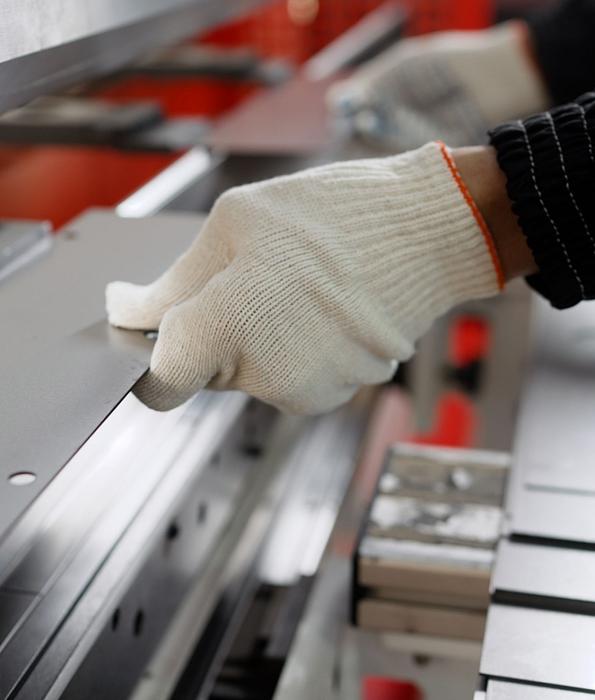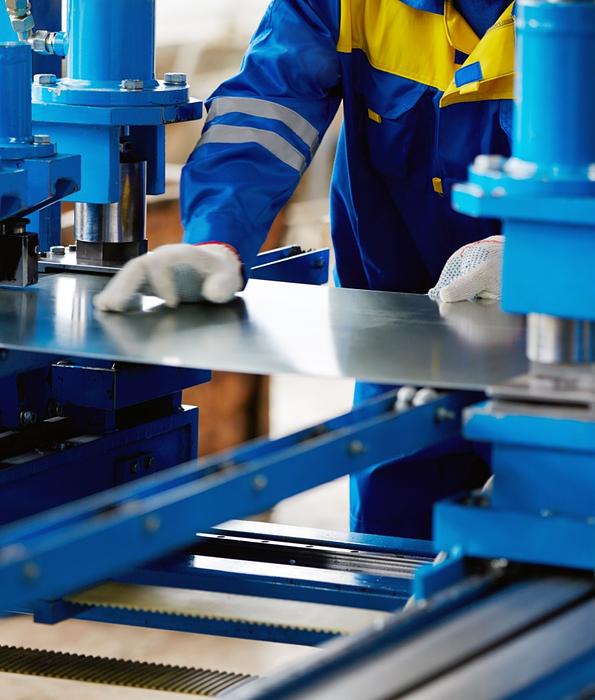MIG Welding Settings Made Simple: Wire Speed, Voltage & Tips
MIG welding sounds simple. Just pull the trigger and go, right? But if you’ve ever dealt with spatter, birdnesting or a bead that looks more like a caterpillar than a clean weld, you know there’s more to it. The real key? Nailing your settings.
Article in brief
MIG welding uses a constant voltage power source and a continuously fed wire electrode.
Voltage sets arc length and bead shape, while wire feed speed sets current.
Too much wire leads to spatter. Too little causes poor fusion.
Use a settings chart as a starting point, but always fine-tune based on how your bead behaves.
Shielding gas (argon, CO₂ or mixes) affects transfer mode and weld quality.
For thin metals, short-circuit transfer works best. For thicker work, aim for spray or pulsed modes.
Keep nozzle clean, maintain consistent stick-out and travel speed steady.
When in doubt, dial down voltage slightly, slow travel or add gas flow.
How MIG welding works (quick recap)
Key settings: voltage, wire speed, amps & travel
Voltage
Your voltage setting controls the arc length and the bead's shape. Drop it too low, and you get a narrow, high-crown bead with poor penetration. Push it too high, and the arc becomes unstable, spatter increases and the bead widens excessively. The trick is to find a stable arc that ties into both sides of your joint cleanly.
Wire feed speed
Amperage
Travel speed
Wire speed & voltage: Example charts & guidelines
- 1 mm thickness: ~14–16 V, moderate wire speed
- 3 mm: ~18–20 V, higher wire speed
- 5 mm: ~20–22 V, matching wire feed rate accordingly
Shielding gas & metal transfer modes
Shielding gas
Transfer modes
- Short circuiting – Low heat, ideal for thin metals
- Globular –Bigger droplets, more spatter
- Spray – Stable, smooth bead, used on heavier sections
- Pulsed spray – Pulses current to control heat, good for out-of-position or thinner metals
Tips for dialling in your settings
- Start using chart values, make test welds on scrap.
- Watch your bead. If it’s stringy or full of spatter, adjust wire or voltage.
- Maintain consistent stick-out (distance of wire beyond the tip). About 10-15mm is recommended, depending on setup.
- Clean base metal, inspect joint fit-up and ground properly. Poor condition ruins settings.
- Keep your nozzle and tip clean. Spatter buildup compromises gas coverage.
- Fine-tune in small increments. Weld a short bead, check it, then adjust.
Common problems & quick fixes
- Too much spatter – Reduce voltage or slow wire feed – check stick-out too – excessive arc length can cause spatter even with correct settings.
- Porosity – Check gas coverage, clean base metal, increase gas flow
- Lack of penetration – Increase wire feed (current) or slow travel
- Burn-through – Voltage or heat is too high for thin metal
- Wire feed issues – Check liner, drive rolls, spool tension
Matching settings to metal & thickness
- Mild steel – Use 75/25 CO₂/Argon mix, standard charts as a base
- Stainless steel – Use specialised stainless wire and gas, reduce heat input
- Aluminium – Use 100% Argon, spool gun or push-pull feed and higher travel speeds
Welding with a MIG welder?
Getting MIG welding right comes down to understanding how voltage, wire speed, gas and technique work together. Use charts, watch your bead and refine your settings with experience.
At The Metal Store, we stock top-quality welding supplies, including MIG wires, torches, gas mixtures and accessories. Need something pre-welded or cut to spec? We’ve got you covered. Order the kit you need today and get cracking on cleaner, smarter welds.


